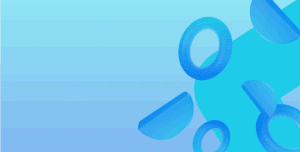As a principal consultant, my favourite part of any implementation is the analysis phase. The business analysis workshops are usually conducted as one of the first activities of a project. The client doesn’t know NAV at this stage and we don’t know a lot of detail about their operations, other than the overview information discovered during the sales process.
Terminology and organisational connotations play an important role this early in a project. The client might call their work “Jobs”, which could be NAV production orders, sales orders or NAV jobs. Recently, this terminology became quite tricky in one of my implementations when I heard the term “Brand” and assumed it to be the function of stock (different stock items have different brands). Discussions revealed that brand was effectively a business unit within the organisation; this required a change of configuration. Thankfully, it was a minor detail and was discovered early enough to not cause any disruption to the implementation. One of our strategies at Fenwick is to manage the Terminology Chaos (a term I have invented). This requires the project team members to explain all terms regardless of how simple the term is. This works.
As Fenwick uncovers the business requirements and the terminology, a picture starts to emerge on the canvas. We start to make decisions about which NAV configurations will work.
As we uncover the business requirements and the terminology, a picture starts to emerge on the canvas. We start to make decisions about which NAV configurations would work best, what NAV processes to show and what to skip during the analysis phase. At this stage, the clients are mostly relying on us to ensure that when we present the final system to them, it fulfils their requirements.
During the design phase, these configurations are further refined, tested and finalised, and the picture on the canvas starts to show more and more detail.
When the pilot day arrives, the client gets to see the picture in its entirety with all the details that have previously been discussed piecemeal. If we see smiles on the day, then the job is well done.
Generally, the issues raised on the day have been minor and most days I rejoice in the knowledge that there is a piece of artwork that we have created and it is making life easier for our client.







